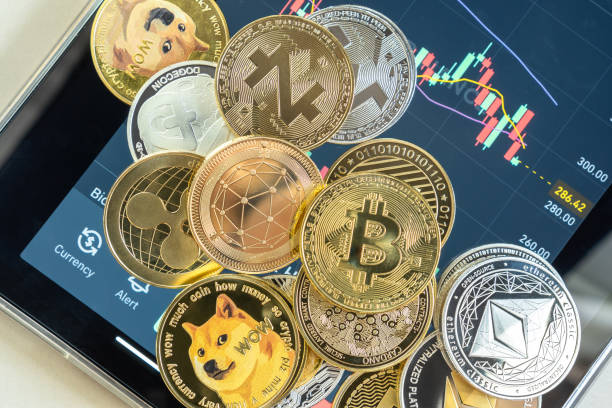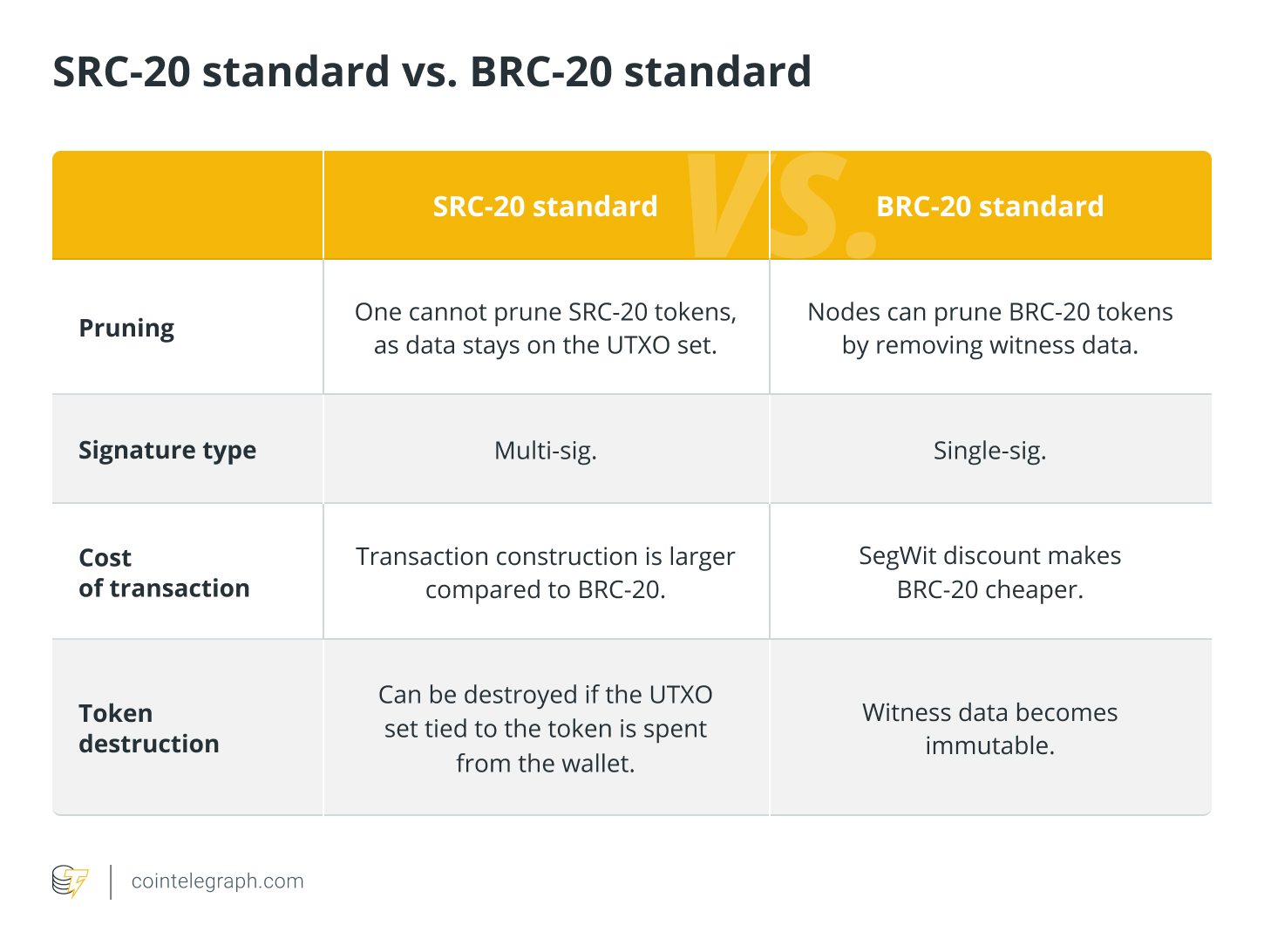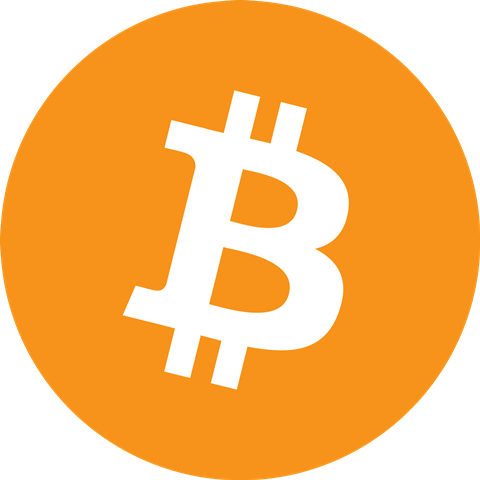Exploring the SRC-20 Token Standard: A Comprehensive Overview
Don’t invest unless you’re prepared to lose all the money you invest. This is a high-risk investment and you are unlikely to be protected if something goes wrong. Take 2 minutes to learn more

Amidst the buzz surrounding SRC-20 tokens, the foundational standard supporting Bitcoin Stamps, a secure art trading protocol, has emerged as a focal point. This protocol, designed to embed data within Bitcoin transactions, bears resemblance to the BRC-20 standard in function but adopts unique methodologies for data embedding.
Often dubbed “Bitcoin’s NFTs,” Stamps draws inspiration from Counterparty, a P2P platform rooted in Bitcoin principles. Its origins can be traced back to colored coins, and techniques used to distinguish specific cryptocurrency units.
Similar to Ethereum’s ERC-20 tokens, SRC-20 tokens enable token creation on Bitcoin, a blockchain initially crafted to decentralize finance and reclaim control from financial elites. The introduction of Ordinals and SRC-20 tokens has expanded Bitcoin’s utility, elevating it beyond a mere store of value to a versatile platform. Despite opposition from critics who argue that such tokenization steers Bitcoin away from Satoshi Nakamoto’s vision, the standard’s nomenclature pays homage to the renowned ERC-20 and subsequent BRC-20.
This article delves into the intricacies of the SRC-20 standard, contrasting it with BRC-20, elucidating its underlying technology, and offering insights into acquiring SRC-20 tokens.
Exploring the Origins of SRC-20s: From Colored Coins to Ordinals
The inception of SRC-20 tokens traces back to the concept of colored coins, which, while not widely adopted, laid the groundwork for subsequent innovative protocols like BRC-20 and eventually SRC-20.
Colored Coins:
Colored coins, a concept involving the addition of metadata to specific Bitcoin (BTC) to distinguish them from regular Bitcoin, aim to make Bitcoin suitable for non-monetary transactions. Although the idea failed to gain traction independently, it catalyzed the development of more sophisticated technologies.
Ordinals:
Introduced by programmer and artist Casey Rodarmor in January 2023, the Bitcoin Ordinals protocol enables the embedding of digital content onto the Bitcoin blockchain. Inspired by Ethereum-based NFTs, Rodarmor sought to establish an immutable on-chain presence for digital content on the Genesis blockchain. Ordinals, based on Ordinal theory, assign individual identities to satoshis, allowing them to carry meaning, be transferred, and be tracked. This innovation revolutionized the storage of digital content within satoshis.
Ordinals operate under the BRC-20 standard, enabling users to attribute tokens to individual satoshis using a script, a departure from Ethereum’s smart contract-based approach to minting NFTs. BRC-20 tokens integrate JSON data into Ordinal inscriptions.
Since its introduction in March 2023, the popularity of BRC-20 tokens has soared, with ORDI emerging as the pioneering and most prominent BRC-20 token. Initially conceived as a meme, ORDI quickly gained mainstream acceptance, paving the way for other BRC-20 tokens like MEME, VMPX, PEPE, and BANK.
Understanding Stamps and Their Distinction from Ordinals and BRC-20:
Developed by Twitter user Mike In Space, Stamps enable the direct storage of data, such as text and images, using Unspent Transaction Outputs (UTXOs). This ensures permanent blockchain storage that is immune to pruning. In contrast, Ordinals and BRC-20 tokens are susceptible to metadata interference. The Bitcoin community’s aversion to censorship or limitations prompted developers to seek improvements like ORC-20 for backward compatibility and, subsequently, SRC-20 for data immutability.
Understanding the Mechanism of Stamps
The minting process of Stamps operates on the Counterparty protocol, a peer-to-peer (P2P) protocol established atop the Bitcoin blockchain in 2014. Users engage in burning BTC to acquire the native Counterparty (XCP) coin, facilitating payment for executing the smart contract code.
For data storage of up to 80 bytes, the protocol employs the “OP_Return” function. If the file exceeds 80 bytes, the data is distributed across multiple outputs in a multi-signature arrangement.
To mint Bitcoin tokens, Counterparty translates an image into text, encoding it as a Base64 file and prefixing it with “Stamp:”. Subsequently, the protocol broadcasts the encoded file to the Bitcoin network for segregation, validation, and recompilation, ultimately restoring the original image.
Additionally, users must download the Hiro Wallet browser extension, specifically tailored for Bitcoin-based applications.
Upon accessing the “Receive” option, users obtain a Bitcoin Stamp address, which they paste into the designated text box at stampchain.io/src20.
From the drop-down menu, users select “Mint” and input the ticker information obtained from stampsrc.github.io. Users can select from a myriad of tokens available, specifying the desired quantity and clicking “Quote.”
Stampchain.io displays the total price in BTC and the fee rate in satoshis, alongside buttons for “Quote” and “Stamp.” Upon selecting “Stamp,” users are presented with the BTC amount to send, along with an address and QR code. Once the payment is executed, users receive SRC-20 tokens at the designated address.
Future Prospects
Stamps represent a nascent technology, poised for further development aimed at enhancing ecosystem efficiency and fostering adoption through compelling use cases. Purchasing Stamps parallels acquiring a large image incrementally, with BTC spent to obtain data pieces stored in UTXOs.
The evolving technology could potentially trigger a Bitcoin hard fork if widespread adoption of Stamps ensues. Within the community, there exists a faction advocating for Bitcoin’s role strictly as a store of value, wary of the Genesis blockchain resembling altcoins. Any insistence on reform could precipitate community division.





